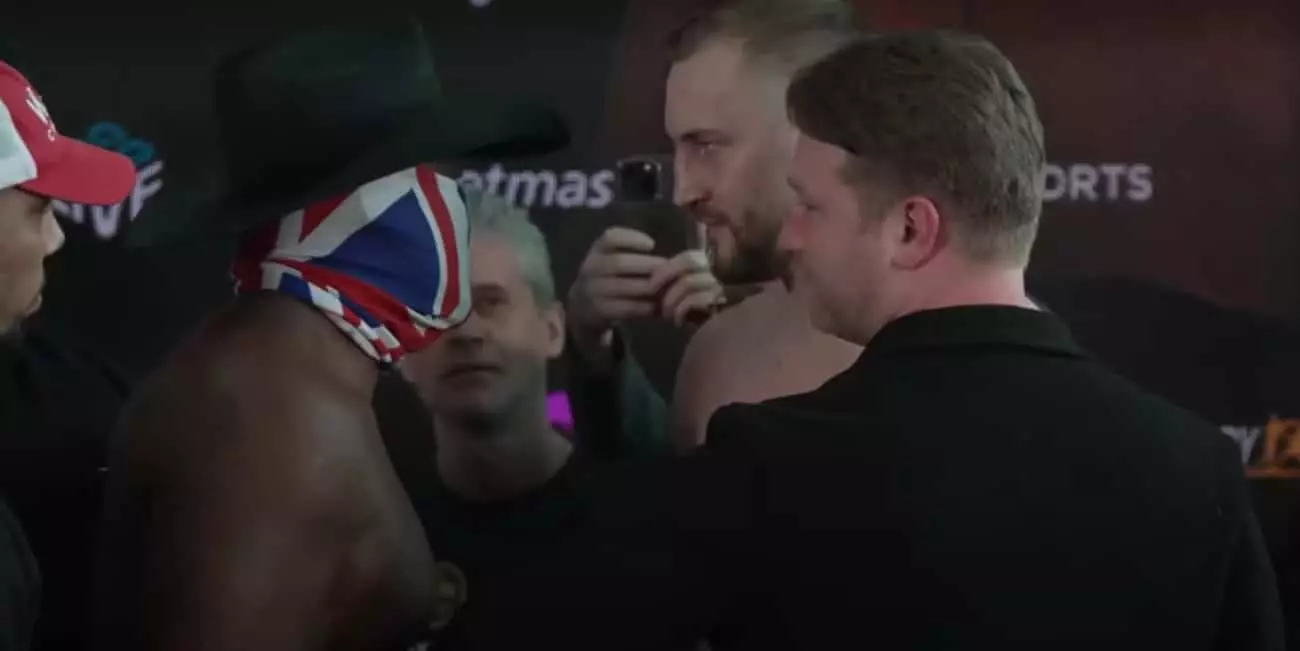As the boxing world turns its gaze to Manchester, the heavyweight showdown between Derek Chisora and Otto Wallin gathers momentum. Dubbed “The Last Dance,” this bout is particularly significant for Chisora. At this point in his career, with 49 fights under his belt, he’s preparing for what he describes as his final contest on UK soil before embarking on a so-called “farewell tour” that includes a landmark 50th fight abroad. His recent weigh-in, where he tipped the scales at 259.7 pounds, sets the stage for an encounter that promises both physicality and emotional weight.
Meanwhile, Otto Wallin, who weighed in significantly lighter at 239.1 pounds, represents a different kind of challenge. Known for his resilience and skills in the ring, Wallin has only faced defeat twice, both at the hands of elite competitors like Tyson Fury and Anthony Joshua. The contrast in their careers leads us to ponder not just an exciting bout, but a potential clash of philosophies in the ring.
The buildup to the fight has not been without its theatrics. A recent weigh-in showcased the fighters engaging in a bit of playful banter, with Chisora pulling Wallin into a headlock—an act that reflects not only the individuals’ personalities but also the tension and stakes involved. Their playful interaction, though seemingly jovial, hints at the competitive fire each fighter intends to bring into the squared circle.
Chisora’s declaration that he’s switched to “war mode” following this light-hearted confrontation seems to signal his mental readiness for the challenge ahead. Comparatively, Wallin’s comments about being adept at the pre-fight psychological games suggest a level of confidence and stability under pressure. Both fighters demonstrate a readiness not only to engage physically but to strategize mentally as well.
What can we expect from this bout? On one hand, Wallin’s boxing technique, especially his formidable reach and effective jab, could serve as key assets against the aggressive Chisora. Known for his durability, Wallin’s best strategy may involve utilizing his movement and maintaining distance to frustrate his opponent. However, Chisora perceives a significant weakness in Wallin, claiming he “hasn’t got the dog in him.” This highlights a crucial element of strategy—will Chisora step up his game and go for the body shots that can wear Wallin down, or will he find himself exposed?
Chisora’s experience and brute strength may play a crucial role if he can withstand Wallin’s boxing technique long enough to unleash his power punches. The potential question arises: can Chisora’s significant mileage on his boxing odometer hold up against Wallin’s younger, fresher style?
Ultimately, this match is set up to be a closely contested battle—one characterized by contrasting strategies. A lackluster performance or a cautious approach from either fighter could lead to a mundane affair, while an eagerness for glory and combativeness could deliver fireworks. For boxing enthusiasts, a Wallin victory is not out of the question, especially if he plays it safe and opts for a points win.
As the bell draws nearer and the fighters gear up, anticipation builds. The collision between Chisora’s physical prowess and Wallin’s tactical skill could very well lead to an enthralling spectacle, making “The Last Dance” one for the history books.


Leave a Reply